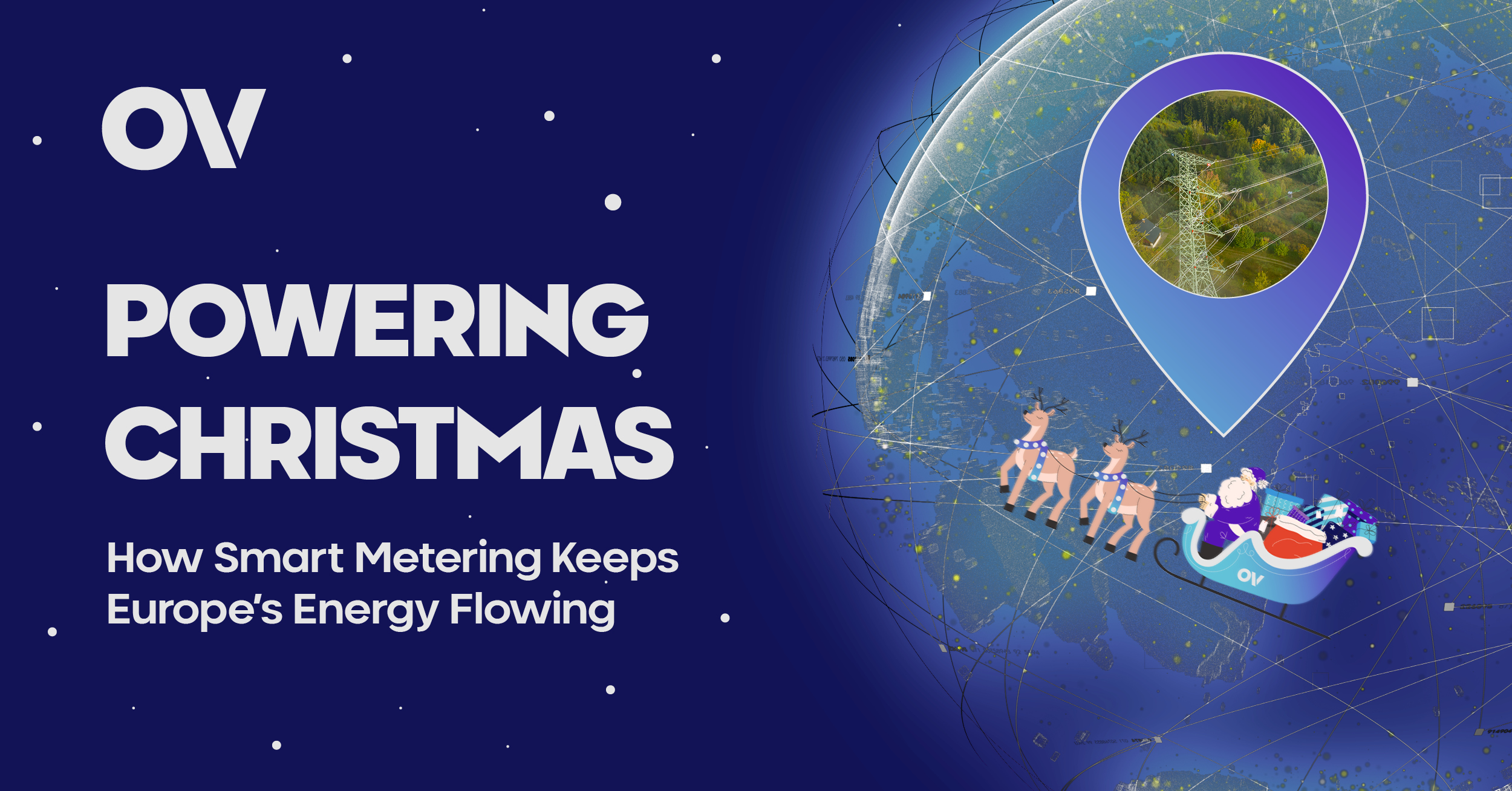Originally published
August 12, 2024
Last Updated
July 8, 2025
The rapid advancement of wireless communication technologies has shaped our modern world, and among these innovations, LTE-M (Long-Term Evolution for Machines) stands out as a crucial development in the realm of the Internet of Things (IoT). This blog delves into the evolution of LTE-M, tracing its roots, examining its present state, and envisioning its future trajectory.
The Rise of LTE
LTE, or Long-Term Evolution, was introduced as a 4G wireless communication standard designed to provide high-speed data and improved network performance. Launched in the late 2000s, LTE revolutionised mobile internet by offering faster download and upload speeds, reduced latency, and enhanced spectral efficiency compared to its predecessors. However, as IoT began to gain momentum, the need for a specialised network to connect an ever-growing number of devices became apparent.
Recognising the Need for IoT-Specific Solutions
Traditional LTE networks were optimised for high-speed data and human communication, but IoT devices required a different set of features. These devices often operate on low power, transmit small amounts of data, increase coverage, and need to maintain long battery life. To address these unique requirements, the industry began exploring enhancements to the existing LTE standard, leading to the birth of LTE-M.
The Birth of LTE-M - Standardisation and Early Adoption
LTE-M, also known as LTE Cat-M1, emerged from the 3rd Generation Partnership Project (3GPP) Release 13 specifications in 2016. It was designed specifically to meet the needs of IoT devices, offering several key advantages over traditional LTE:
• Low Power Consumption: LTE-M significantly reduces power usage, enabling devices to run on battery power for extended periods.
• Extended Coverage: With enhanced signal penetration, LTE-M can reach devices in challenging environments, such as underground or deep inside buildings.
• Cost-Effectiveness: LTE-M modules are cheaper to produce, making IoT solutions more affordable.
• Mobility Support: Unlike some IoT-specific networks, LTE-M supports device mobility across multiple roaming partners, making it suitable for applications like asset tracking and fleet management.
Initial Deployments and Use Cases
Following its standardisation, LTE-M saw early deployments in various industries. Utilities started using LTE-M for smart metering, enabling real-time monitoring of electricity, gas, and water usage. In healthcare, LTE-M facilitated remote patient monitoring, allowing for continuous tracking of vital signs. The logistics industry also benefited from LTE-M, utilising it for tracking shipments and optimising supply chain management.
READ MORE
DISCOVER MORE NEWS AND DEVELOPMENTS IN IOT & GLOBAL CONNECTIVITY





